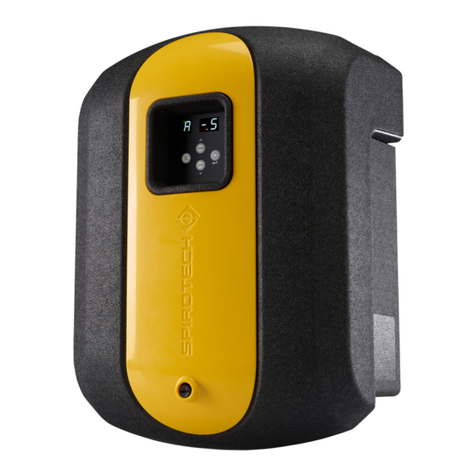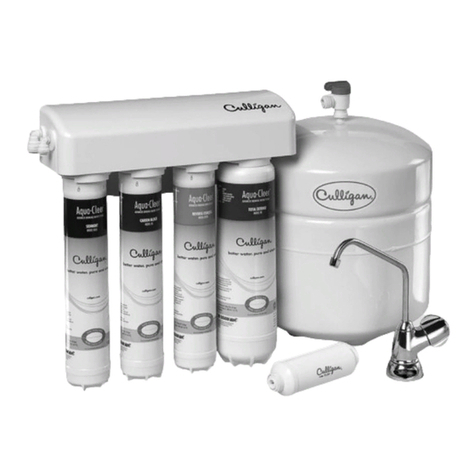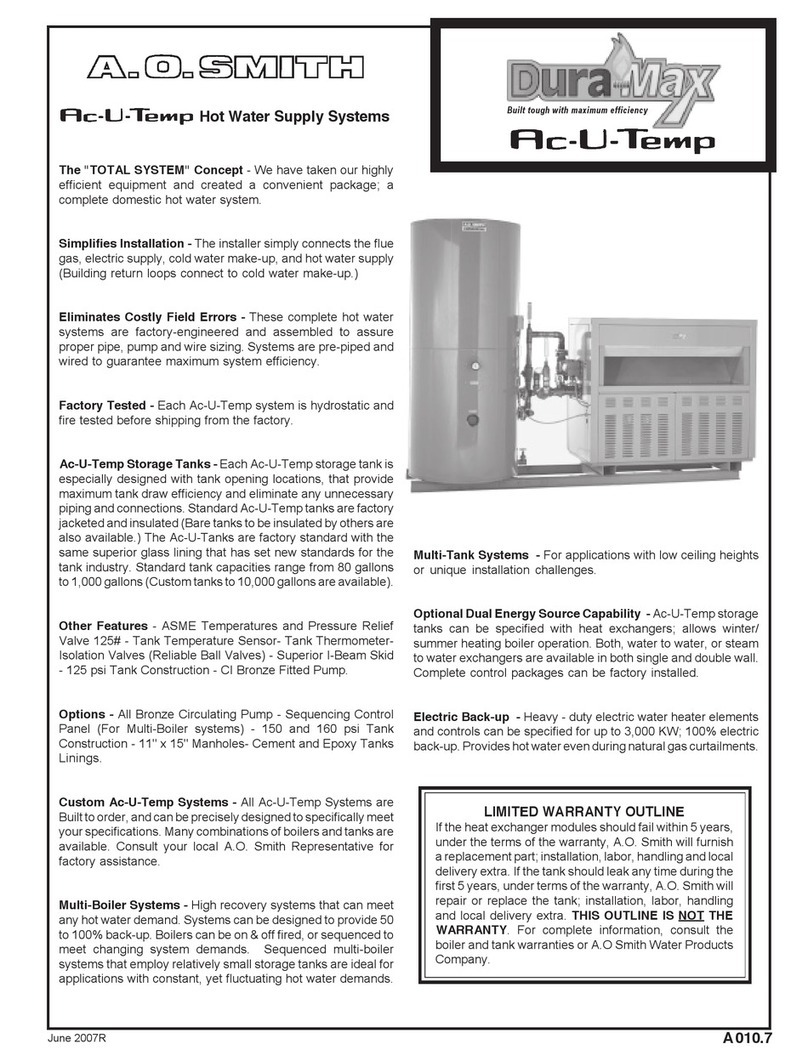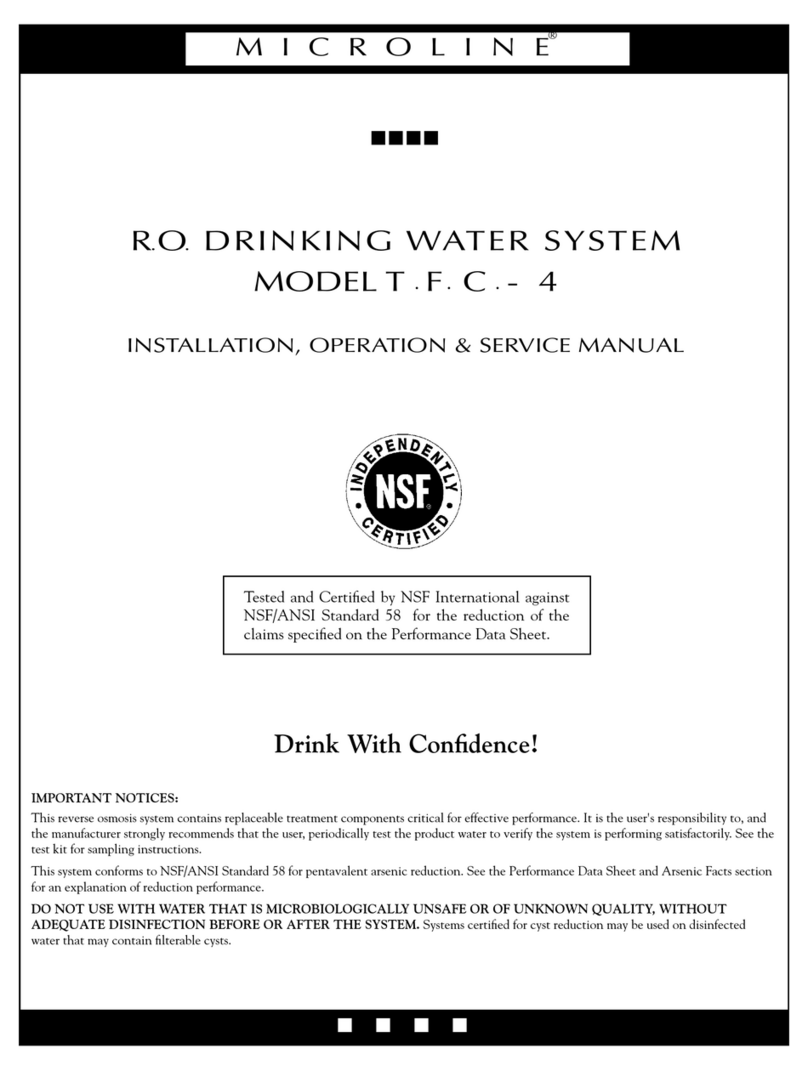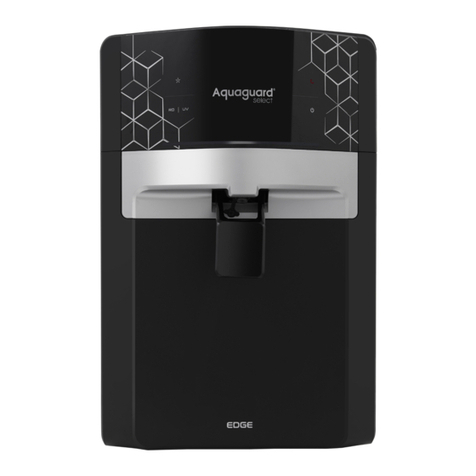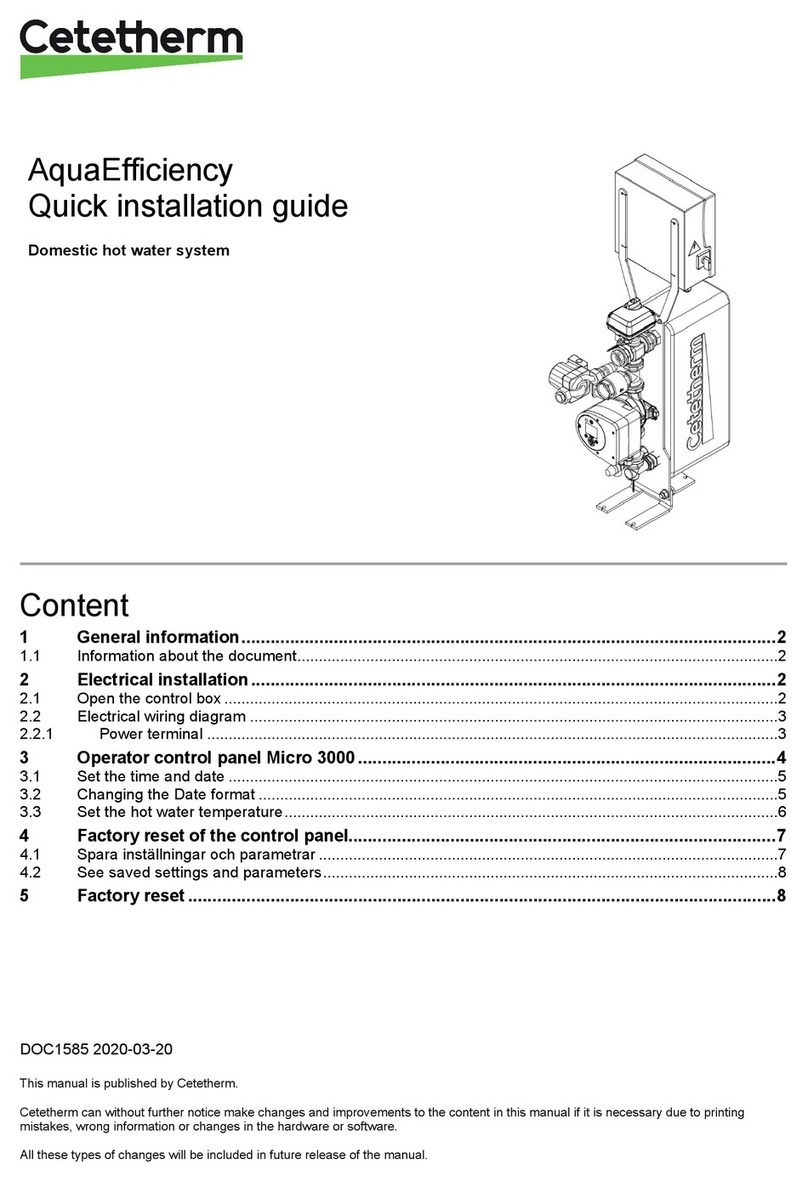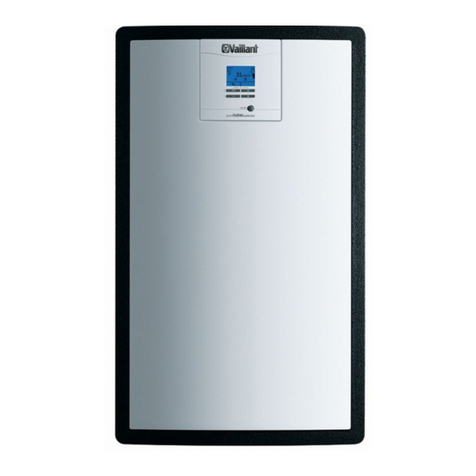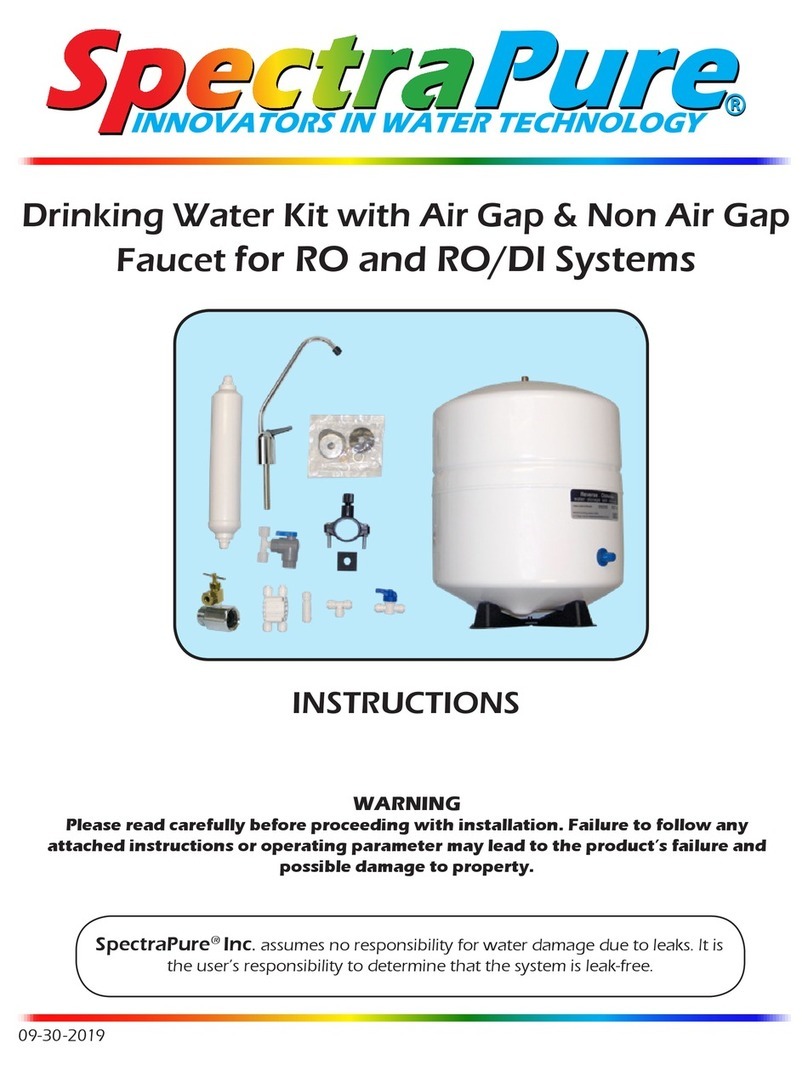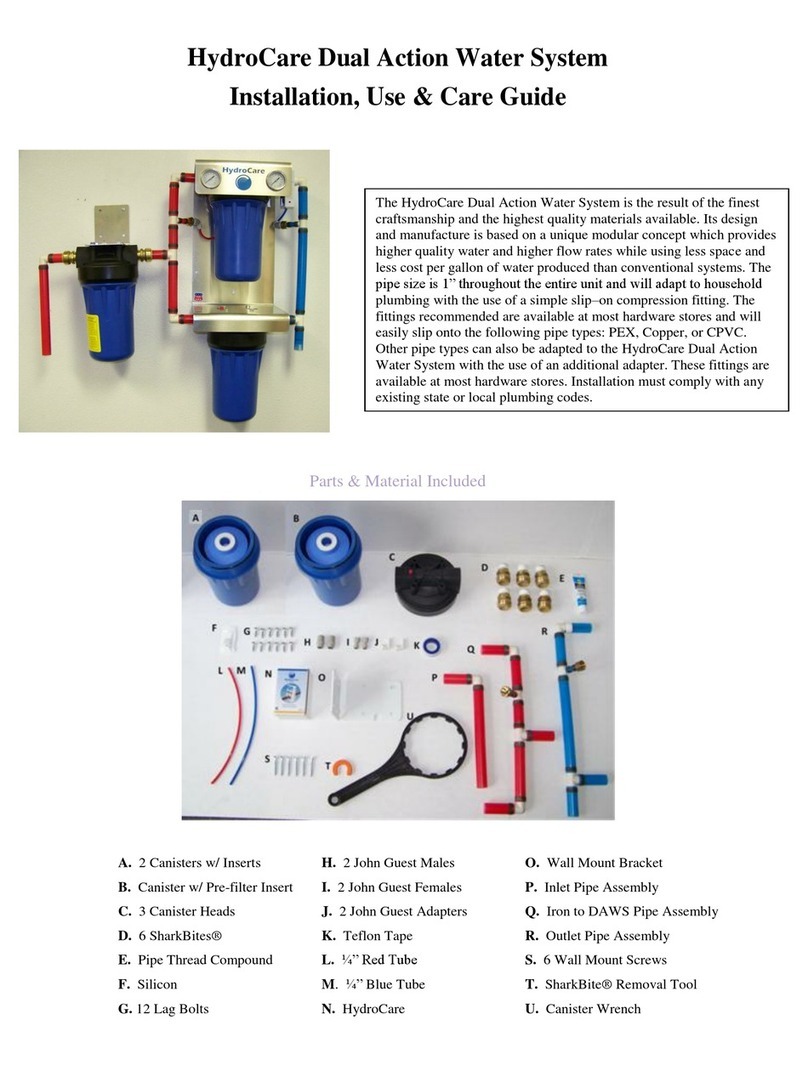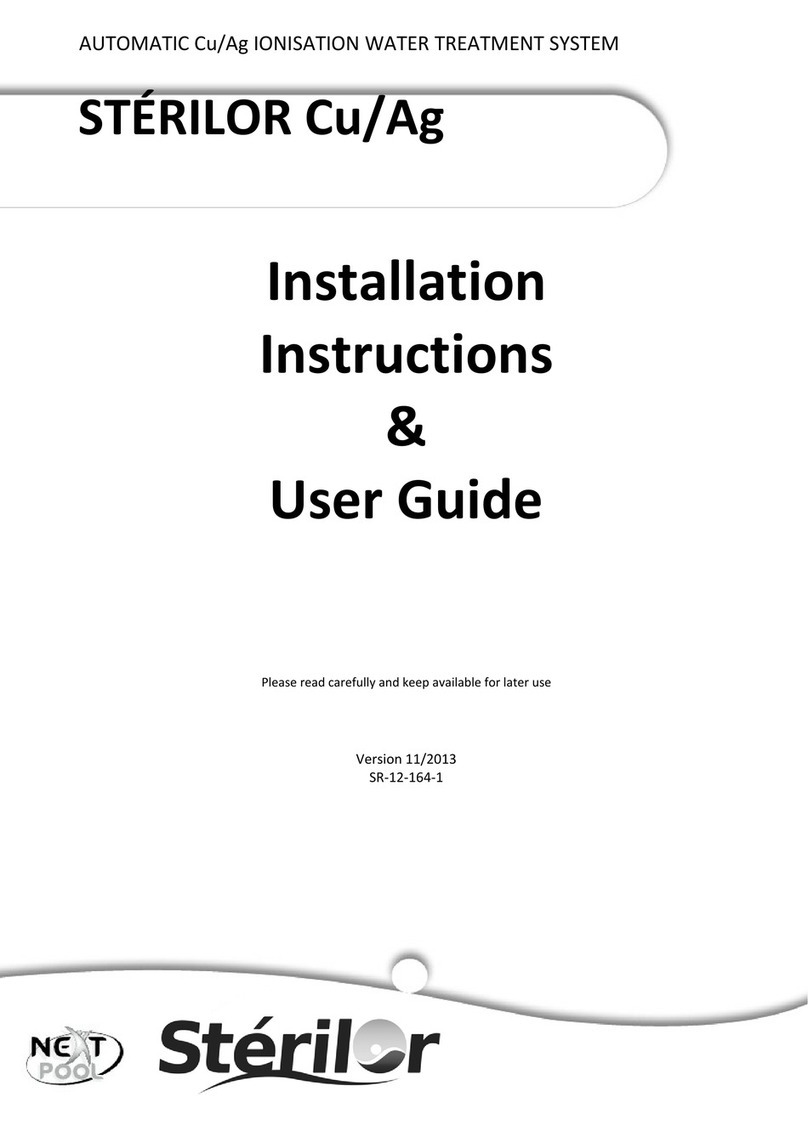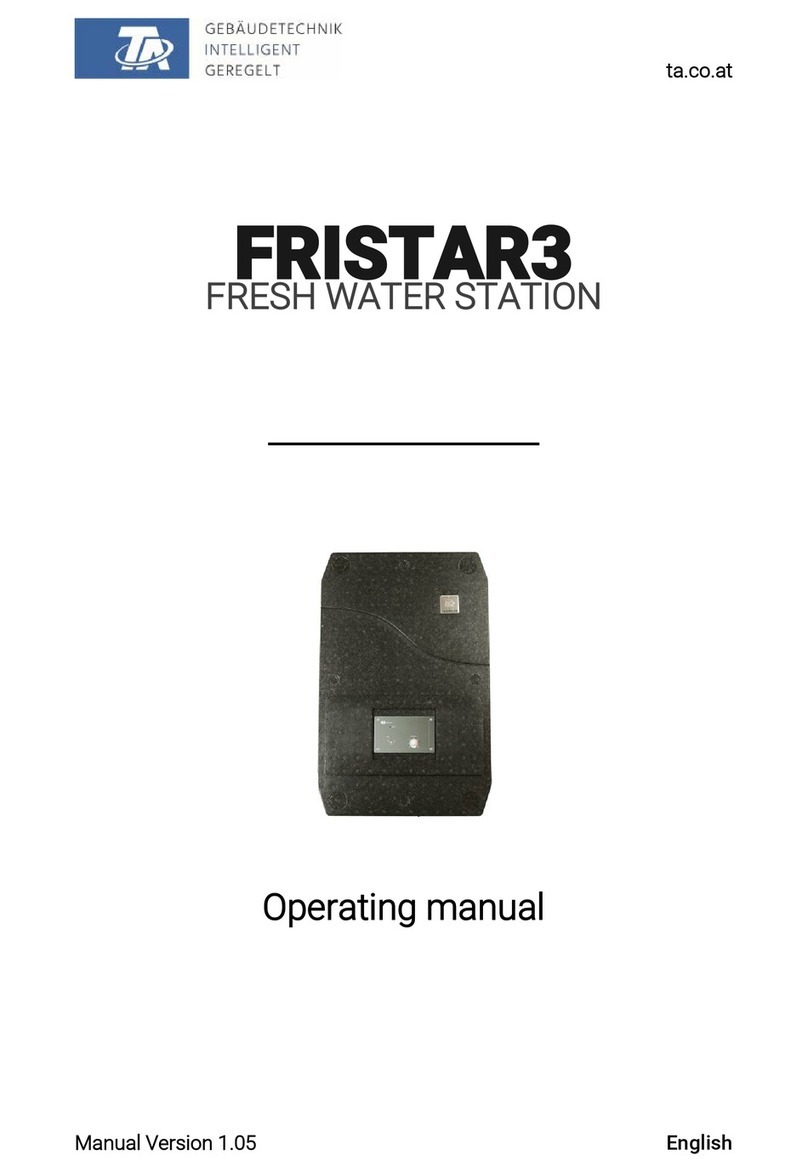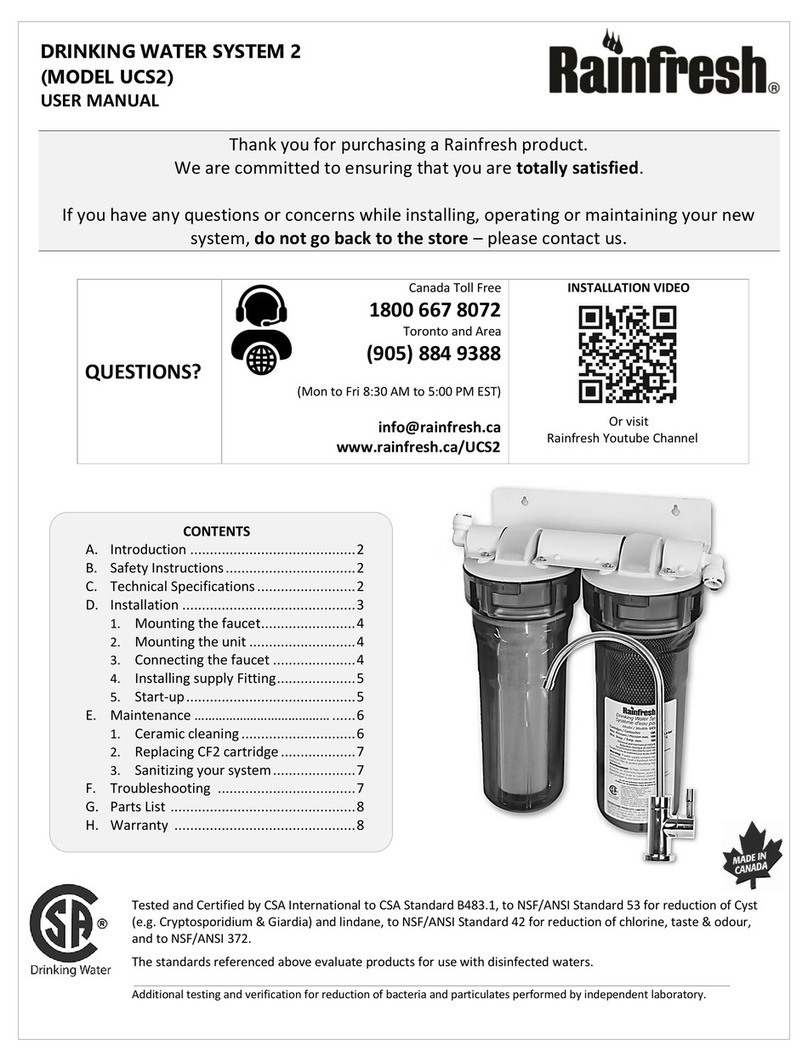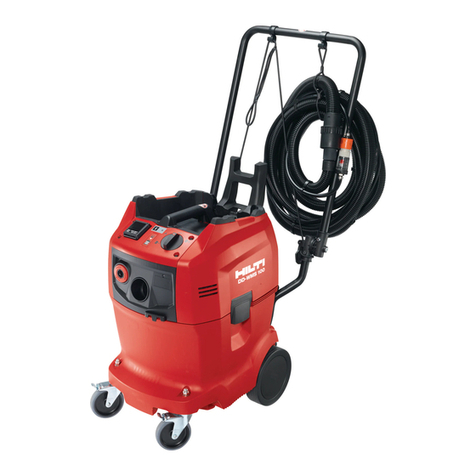
6
2. Attach the diverter valve directly to the faucet
spout. If the threads of the diverter valve do not
match the threads of the faucet, use one of the
included faucet adapters to connect the diverter
valve and faucet. If facing the open end of the
spout, rotate the diverter valve and/or adapter
clockwise to tighten. NOTE: When using a faucet
adapter, the rubber washer in the adapter always
faces up toward the faucet.
a. If Your Faucet Has an Outside Thread (male
connector): For many faucets with an outside
thread, the diverter valve can attach directly
to the faucet. If the diverter valve does
not attach to the faucet, attach the inside
thread (female connector) adapter, part #
MC106 or MC105, to the faucet, and then
attach the diverter valve to the adapter.
b. If Your Faucet Has an Inside Thread (female
connector): The diverter valve cannot
directly connect to a faucet with a female
connector. Attach the outside thread (male
connector) adapter, part# MC108, to the
faucet and then attach the diverter valve to
the adapter.
c. If Your Faucet Requires More Room for the
Diverter Valve Connection: Some faucets,
particularly sprayer hose faucets, require
additional room for the diverter valve connection. If this applies,
attach the long adapter, part# MC257, to the opening of the
faucet spout/sprayer, and then attach the diverter valve to the
adapter. The DWS may need to be repositioned on the sink to allow
enough room for sprayer faucet use.
d. If the Adapters Do Not Fit Your Faucet: Although the adapters
included with your DWS allow connections with many standard
faucets, they do not cover every type of available faucet connection.
If none of the adapters allow the diverter valve to connect to your
Diverter Valve Attachment
with adapter
Diverter Valve
Attachment
existing
faucet
bypass
lever
hose
diverter
valve
swivel
attachment
ring
*MC700 Adapters
Many installations do not
require an adapter
*MC106
*MC108
*MC257
*MC105
